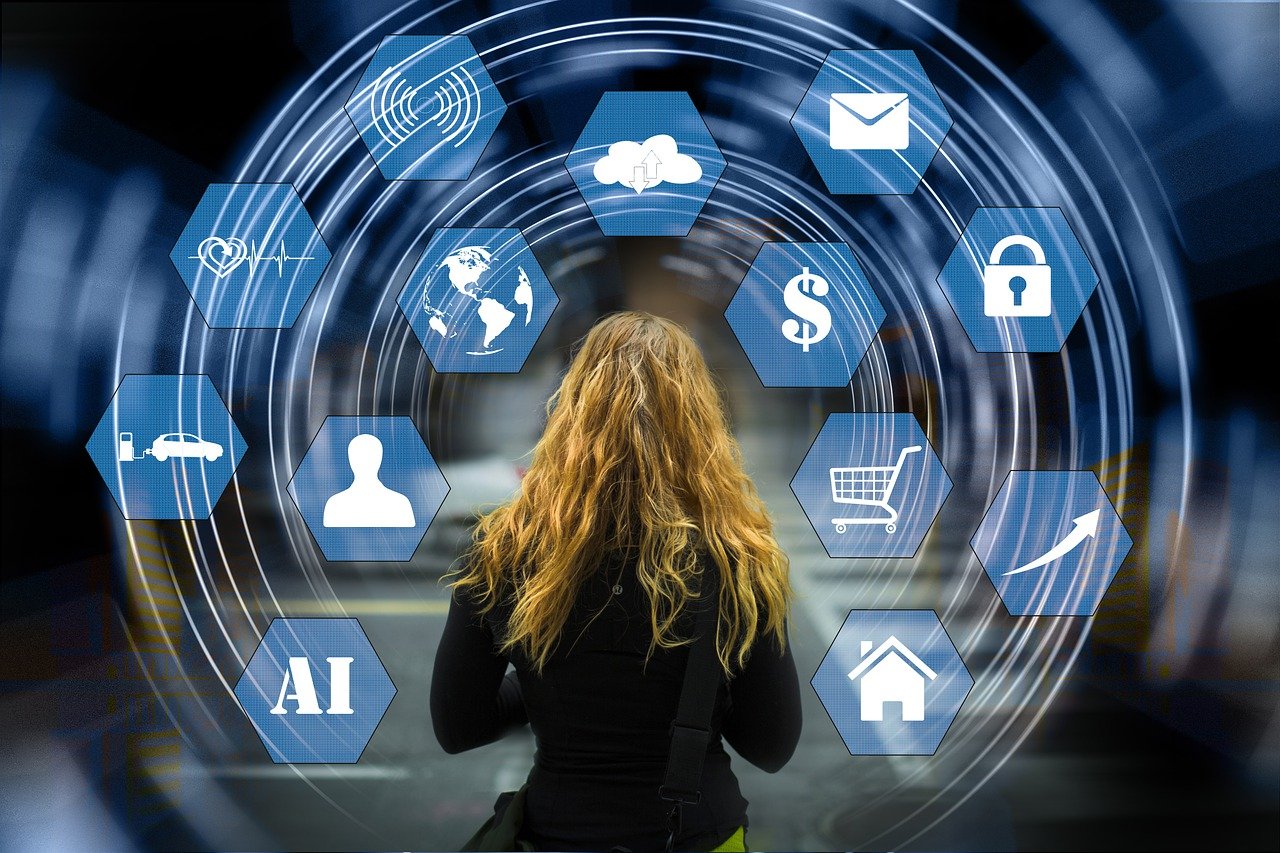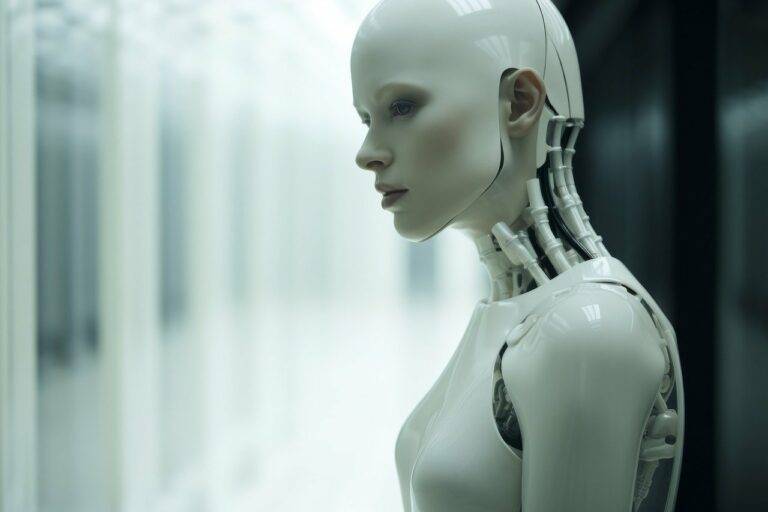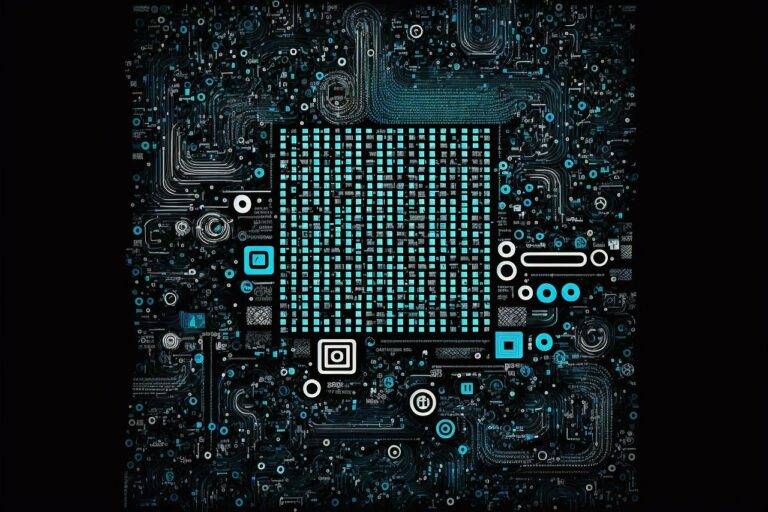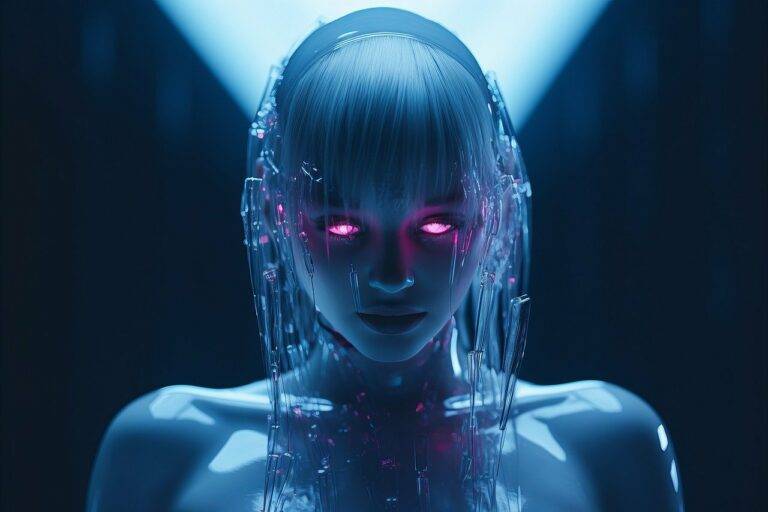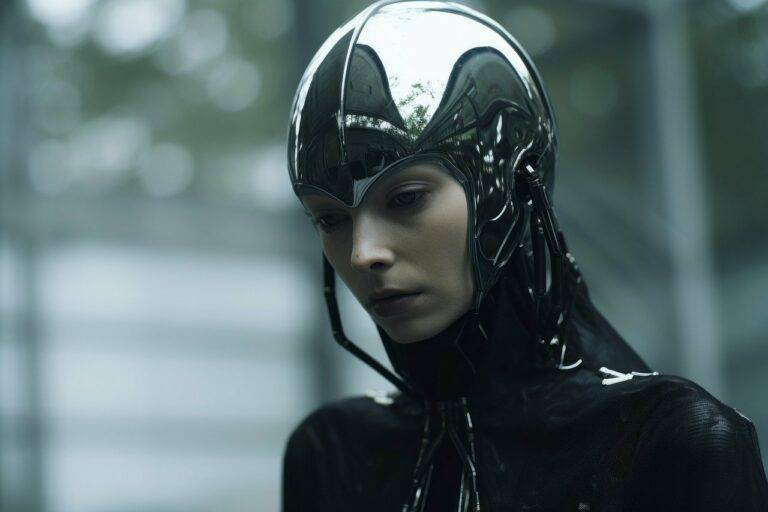Analyzing the Use of AI in Creative Industries: Art and Music
Artificial Intelligence (AI) has revolutionized the field of visual arts by enabling artists to explore new creative avenues and push the boundaries of traditional art forms. Through the use of AI algorithms, artists can generate unique and innovative artwork that blurs the line between man-made and machine-made creations. These AI tools provide artists with a platform to experiment with different styles, techniques, and mediums, ultimately allowing them to enhance their creative process and produce captivating pieces that captivate viewers with their ingenuity.
Furthermore, AI in visual arts has democratized the art world by making artistic tools and resources more accessible to a wider audience. With AI-powered software and applications, aspiring artists can unleash their creativity and express themselves through digital art without the need for expensive equipment or formal training. This accessibility has not only empowered emerging artists to share their work with the world but has also diversified the art scene by introducing fresh perspectives and ideas that challenge conventional norms and expectations.
AI in Graphic Design
AI technology in graphic design has revolutionized the creative process by providing designers with innovative tools to enhance their work. From generating unique design concepts to automating repetitive tasks, AI has streamlined workflows and increased efficiency in the field. Designers can now experiment with various styles, fonts, and color schemes in a fraction of the time it would take without AI assistance.
One of the most significant benefits of AI in graphic design is its ability to analyze data and generate insights to inform design decisions. By leveraging machine learning algorithms, designers can gain a deeper understanding of consumer preferences and trends, allowing them to create more targeted and impactful visual content. AI algorithms can also assist in optimizing designs for different platforms, ensuring that graphics are tailored to maximize engagement and effectiveness.
AI in Photography
Artificial Intelligence in the realm of photography has revolutionized the way images are captured and edited. With AI-powered tools, photographers can now enhance the quality of their photos, adjust lighting and color tones with precision, and even remove unwanted objects seamlessly from their compositions. These advancements have significantly streamlined the editing process, allowing photographers to focus more on their creative vision rather than the technical aspects of post-processing.
Moreover, AI technology has also enabled photographers to experiment with novel artistic techniques and styles. By utilizing AI algorithms that replicate famous art movements or emulate specific photographers’ styles, creatives can push the boundaries of traditional photography and create truly unique pieces that stand out in a saturated digital world. The ability to harness the power of AI in photography not only enhances the efficiency of workflow but also opens up a world of creative possibilities for photographers seeking to differentiate themselves in a competitive industry.
How is AI being used in the field of visual arts?
AI is being used in visual arts to create new and innovative works of art, enhance creativity, and streamline the creative process.
How does AI benefit graphic designers?
AI can help graphic designers by automating repetitive tasks, suggesting design elements, and providing creative inspiration.
How is AI revolutionizing the field of photography?
AI is revolutionizing photography by helping photographers enhance their images, automate editing processes, and improve the overall quality of their work.
Can AI replace human photographers?
While AI can assist photographers and enhance their work, it is unlikely to completely replace human photographers as creativity and artistic vision are still crucial components of the craft.
Are there any ethical concerns surrounding the use of AI in photography?
Some ethical concerns surrounding AI in photography include issues of privacy, manipulation of images, and the potential for bias in algorithms. It is important for photographers to use AI responsibly and ethically.

